Stephen King functions as a horror novelist that twists the commonplace and relatable into a horrific, supernatural narrative. Whether it's The Shining's examination of the decaying of the family unit, Carrie's hellish high school existence, or The Dead Zone 's desperation to prevent catastrophe at any cost, King always grounds his horror works in tangible, relatable circumstances before the macabre shifts front and center. His novels make it abundantly clear that supernatural horrors are just the insults to the natural world's injuries.
Pet Sematary feels no different. It's the story that, like Mary Shelley's Frankenstein, answers the question, "Where do monsters come from?" While Frankenstein posits monsters come from human hubris and desire to play God, Pet Sematary argues monsters come from a human's desperation to right a wrong, regardless of the consequences. It's ultimately a story about the inability to accept and come to terms with loss and the horrific consequences that can come from such an inability. It's also a variation of "The Monkey's Paw," in which wishes unfold with unexpected (and completely expected) consequences.
The novel has already been brought to the big screen once, in 1989, with Mary Lambert at the helm. Lambert drapes that film in idiosyncratic horror to the point that its underlying grief never really lands the way it should. It's a flawed film, but an interesting one, notable for the rare presence of a female director helming a mainstream horror release. Now, just like a poor, unfortunate creature buried in the pet sematary, the film has risen again, with Kevin Kölsch and Dennis Widmyer ( Starry Eyes) this time at the helm.
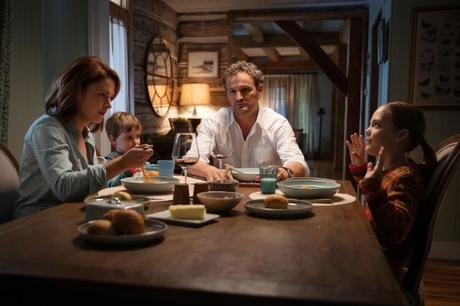
The setup is the same: The Creed family - Louis (Jason Clark), Rachel (Amy Seimetz), and young children Gage (Hugo Lavoie) and Ellie (Jeté Laurence) relocate to a rural Maine town. They find themselves the new neighbors of the avuncular Jud (John Lithgow), who instantly bonds with the young Ellie, a bond that yields some terrible consequences.
However, they're more than a bit disturbed to discover their home faces a perilous highway and their backyard houses the titular pet sematary, where children wearing the most unsettling masks this side of The Strangers hold funerals for their fallen pets. There's also some particularly ominous bramble that seems built to keep intruders away and fog that seems to have rolled in from a Transylvania-based horror film. The film looks gothically beautiful, with brilliant use of light and shadow. These vaguely insidious looking trees that manage, even when the weather appears sunny, surround the Creed's home, to bathe their home in shadow, as though something sinister is casting a pall over their hearth.
Eventually, the family cat finds itself a victim of the dangerous highway and its endless supply of eighteen wheel trucks. At Jud's insistence, Louis buried the deceased in the burial ground beyond the pet sematary. The resurrection doesn't go quite as planned. Eventually, the burial ground has another new arrival. That doesn't go very well either.
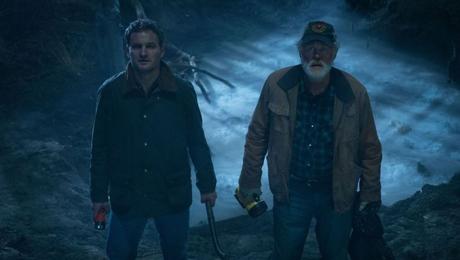
Kölsch and Widmyer are appropriate choices to introduce a new generation to Pet Sematary's terrors. Their previous film, Starry Eyes, centered on an ambitious actress, willing to do anything for a dream job. However, both films focused on the ways in which a body can decay and break down, the desperate lengths to which one will go for something they want, and ever-creeping eeriness that gives way to a carnage-filled climax. Narratively, they're very different, but they share common themes. Their film looks more polished and put together than its 1989 counterpart, but the murky lighting and sinister imagery yield their own blend of scares.
Performances are stronger here than their 1989 counterparts, even if Lithgow's Jud trades Fred Gwynne's natural warmth for heightened eccentricity. However, he does add the appropriate amount of foreboding and gravitas to the iconic, "Sometimes, dead is better" line. Clarke has the trickiest role to balance, keeping his a bit more muted while also conveying that his quieter reactions are masking tidal waves of rage and grief, with more than a hint of madness. Kudos also to Jeté Laurence, whose portrayal of Ellis leaves a lasting impression.
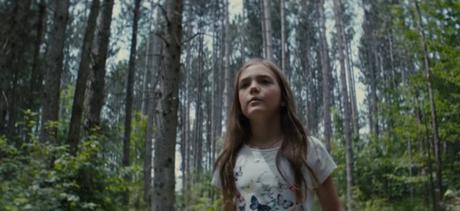
Beyond the performances and those gorgeous, gothically tinged exterior shots, there are several things the film does well:
It takes its time establishing the Creeds as a believable, warm family, even if the parental figures both have their own difficulties with death and the afterlife. A surprisingly large portion of the 100-minute running time is devoted to simply presenting them interacting with each other, fulfilling one of the central obligations of this kind of horror film: for the supernatural twists to be effective we have to first like and care about the characters.
It also leans more heavily into the burial ground's supernatural influence over the characters that tragically implies they're victims of a more powerful force they never really understand.
Lastly, this Pet Sematary has easily one of cinema's most horrifying felines and the most subtly unsettling appearance of a reanimated form I've seen in quite some time. It's unsetting without being gory, playing a bit in "uncanny valley" territory.
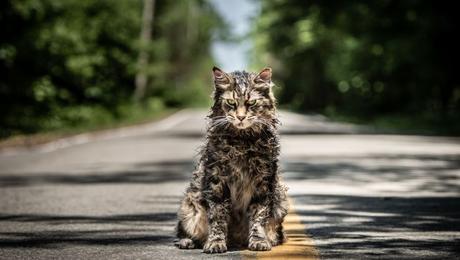
The film's screenplay, written by Jeff Buhler, takes major departures from its source material. This isn't a deal breaker, by any means. King's a talented writer, but his novels are hardly sacred texts. Honestly, if Jane Austen can be transported to 90s Valley culture and Shakespeare's "To be or not to be" speech can be delivered in a video store, King purists have minimal room to grouse. Books and films are totally different mediums, and there's nothing wrong with changing one to better the other.
Having said that, it's a bit disheartening to see Buhler's new ending undercut everything with which the earlier portion of the film was attempting to examine. Both King's novel and this film's superior, more compelling first half examine the parental impulse to shield a child form the world's horrors and the way that impulse opens up a black hole of grief and peril right at the family's doorstep.
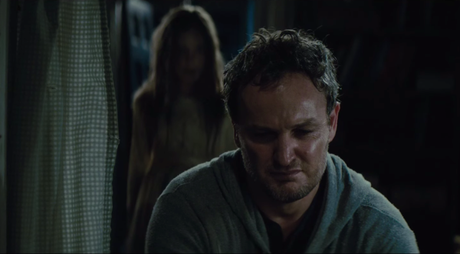
Even with the film's narrative detours, it has the potential to build to an ending that feels horrific due to the emotional anguish flowing beneath the surface. Instead, the climax functions as an awkward mix of black comedy and traditional zombie tropes that undercuts the ways the first half of the film tries to examine the way unprocessed grief can lead to catastrophic consequences.
The film does so much well that it's easy to recommend, but I wish the directors were a bit more willing to wallow in the abyss the way King's novel does and the way the film's initial setup implies that it will. The tragic story of the Creed family has been competently, effectively reanimated, but it seems we're still waiting for a perfect Pet Sematary film.

Oh you know, I'm just your typical wallflower, high school theatre nerd who minored in film studies, attained her M.A. in English Literature,works as a substitute teacher, and decided to go to nursing school, but really wants to be a writer who blogs about pop culture, and then have people who. . .wait for it. . .actually read/ look forward to what she writes. In my spare time (when it's there), I watch one of my many blu-rays or DVDs (about 800 now), reading my kindle (one of the greatest inventions ever), playing my ipod (another one of the greatest inventions ever), obsess over b=Broadway musicals and horror films, and play my guitar (badly). In other words, I have no life that doesn't revolve aroung pop culture or school. Sigh. View all posts by Julianne Ramsey

